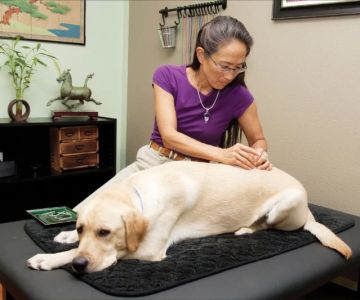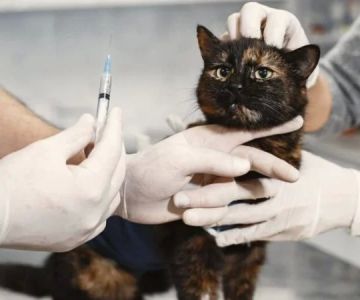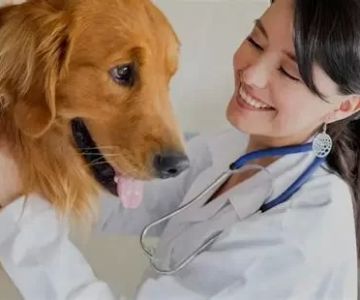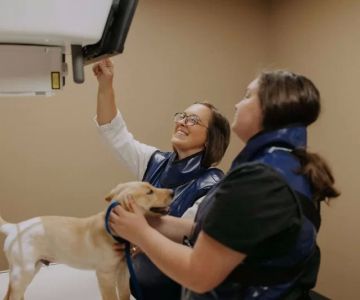What Do Veterinary Radiologists Do? Exploring Their Essential Role in Animal Health
- The Role of Veterinary Radiologists
- Why Radiology is Crucial in Veterinary Care
- Diagnostic Techniques Used by Veterinary Radiologists
- Real-Life Examples of Veterinary Radiology in Action
1. The Role of Veterinary Radiologists
A veterinary radiologist is a specialized veterinarian who focuses on diagnosing and treating animals using imaging techniques like X-rays, ultrasounds, CT scans, and MRIs. Their job is to interpret the images produced by these diagnostic tools to help identify various health conditions in pets and livestock.
Radiologists in the veterinary field work closely with general practitioners to determine the best treatment options for animals based on the imaging results. They also play a key role in guiding surgeries, tracking recovery, and preventing further health complications. Veterinary radiologists are integral to improving the quality of life for animals by providing early diagnosis and precise treatment plans.
2. Why Radiology is Crucial in Veterinary Care
Radiology in veterinary medicine is vital for diagnosing conditions that are otherwise difficult to detect through physical examination alone. By utilizing advanced imaging techniques, veterinary radiologists can identify broken bones, tumors, heart conditions, and even infections, often before symptoms become apparent.
For example, an X-ray can reveal fractures in a pet's limb that may not be immediately visible, while an ultrasound can detect internal issues such as fluid buildup in the abdomen. By providing these critical insights, veterinary radiologists help improve the accuracy and effectiveness of treatments, which in turn leads to better outcomes for the animals.
3. Diagnostic Techniques Used by Veterinary Radiologists
Veterinary radiologists employ a variety of diagnostic techniques, each suited for different types of conditions and animals. These include:
- X-rays: Most commonly used for detecting bone fractures, joint problems, and foreign objects inside the body.
- Ultrasounds: Ideal for examining soft tissues, internal organs, and blood flow.
- CT scans: Often used for more detailed imaging, particularly for detecting tumors or injuries in the brain and internal organs.
- MRIs: Highly effective for diagnosing neurological conditions and soft tissue injuries.
Each of these diagnostic methods provides veterinary radiologists with the necessary information to accurately assess an animal’s health condition and recommend the best course of treatment.
4. Real-Life Examples of Veterinary Radiology in Action
Let’s look at a real-life example of how veterinary radiologists make a difference. A dog named Max was brought to a clinic after displaying signs of limping. An X-ray revealed a fracture in his leg that wasn’t apparent from the outside. With the information provided by the radiologist, the veterinarians were able to perform surgery and treat the fracture promptly, saving Max from long-term complications.
Another example is a cat named Whiskers, who was experiencing digestive problems. An ultrasound conducted by a veterinary radiologist revealed a mass in her abdomen. The early detection allowed her treatment to begin quickly, which led to a positive recovery outcome.









